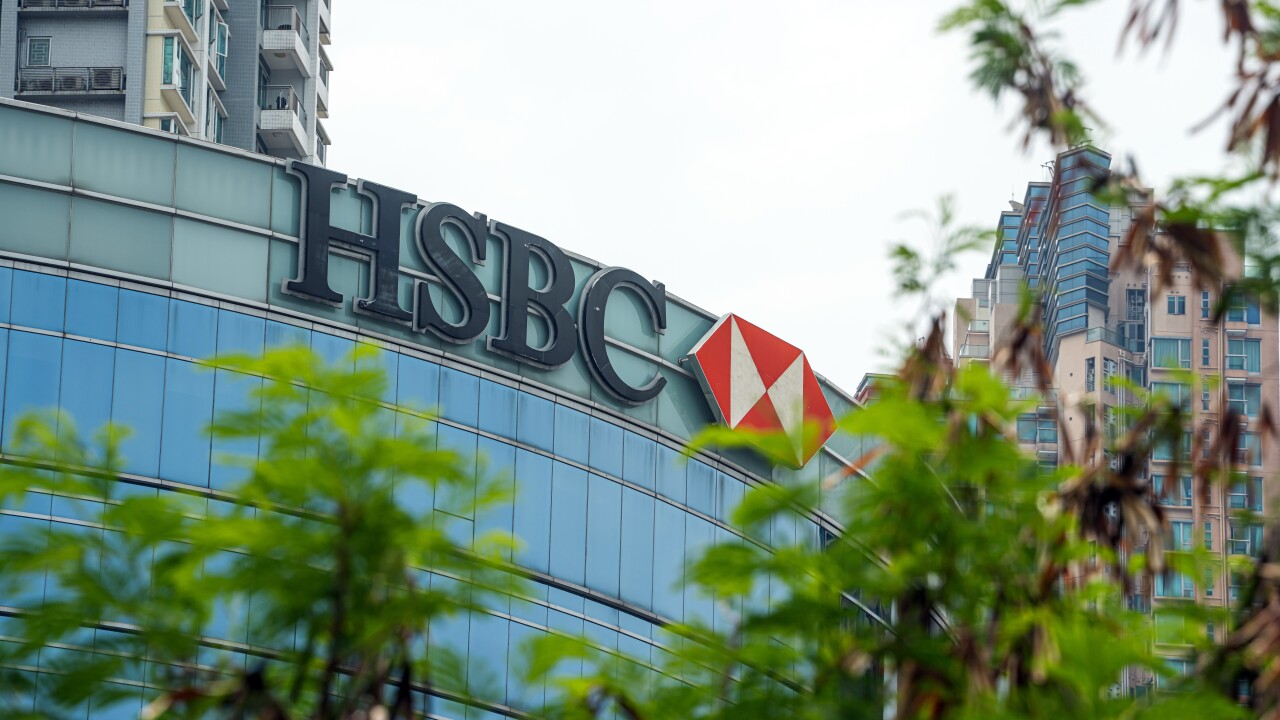-
Click on individual bank names in the table below to access American Banker's coverage of each company's earnings report. Links to relevant coverage, filings, releases, and bank benchmark profile data can be found in the Related Links area of each article.
April 26
Swagger might be too strong a word, but there is no doubt that bank executives are finally getting their groove back.
First-quarter presentations from a number of regional banks on Thursday included relatively sunny assessments and comparatively bold predictions delivered in some of the most declarative language to come out of the industry since the start of the financial crisis.
James E. Rohr, the chairman and chief executive of PNC Financial Services Group Inc., said PNC's estimate-topping profit for the quarter "was actually even better than that," considering the progress made against a number of goals, such as repaying the Troubled Asset Relief Program and moving ahead with the integration of National City Corp.
BB&T Chairman and CEO Kelly S. King, whose company made its largest acquisition ever last year when the Federal Deposit Insurance Corp. selected its bid for the failed Colonial Bank, told analysts that the industry was "beginning to enter a period where it will make sense to look at unassisted deals." He also said BB&T might increase its dividend by early 2011.
Fifth Third Bancorp's chairman and chief executive, Kevin T. Kabat, was confident enough in credit trends to predict another drop in chargeoffs and even put a number to the projected decline: $100 million. At TCF Financial Corp., an uptick in card revenue suggested more spending activity in the company's Midwestern markets, prompting its chairman and CEO, William A. Cooper, to observe that "with headwinds easing, it's clear that … we are well positioned for future success."
Of course, a business prediction from a bank executive is never complete without a boilerplate caveat about the economic environment. These days, the couching also must include words of caution about the potential impact of financial regulatory reforms.
There also is no denying the dense backlog of distressed assets and depressed markets that must be dealt with before bankers can declare that the crisis is behind them. But on the whole, bank executives this earnings season have sounded more comfortable than they have in recent memory.
"The tone is a lot better," said Frank Barkocy, director of research at Mendon Capital Advisors Corp. "The underlying economic dynamics have improved, and there is more confidence that the credit considerations are showing some signs of improvement. We've seen lower provisioning, chargeoffs starting to ease and nonperforming assets growing slower than they have before."
At PNC, nonperforming loans were essentially flat versus the prior quarter, as were delinquencies. The Pittsburgh company, which earned a better-than-expected $671 million, or 66 cents a share, said its provision for credit losses shrank to $751 million, down from more than $1 billion in the previous quarter.
"We continue to feel comfortable that credit costs this year will be below those of last year," Rohr told analysts on a conference call.
Credit trends at BB&T were mixed. The loan-loss provision fell 20.7% from the fourth quarter and 14.9% from a year earlier, to $575 million, while nonperforming assets rose 5.6% from the fourth quarter and 62.3% from a year earlier.
"All in all, we're not cocky. We're not calling it over," King said Thursday on BB&T's conference call with analysts. "We think it's a time to be calm and patient, stick to your knitting. But we're feeling certainly more optimistic and [we] certainly, absolutely feel that our best days are ahead."
The Winston-Salem, N.C., company continued its streak of profitability, earning $188 million, or 27 cents a share, a 1.6% increase over net income in the fourth quarter. The results were 4 cents above analysts' average estimate, according to Thomson Reuters.
Fifth Third was in the red for the first quarter, but the loss narrowed to $10 million, or 9 cents a share, versus a fourth-quarter loss of $98 million, or 20 cents. The company reported a 7% sequential-quarter decline in nonperforming loans, and an 18% drop in net chargeoffs, while delinquent loans fell to their lowest level since 2007.
Kabat, who six months ago told American Banker that he would "tell you a trend when I see it in the rearview mirror," announced Thursday that he expects to see "continued credit improvement in the second quarter, with delinquencies and nonperforming assets remaining relatively stable and chargeoffs down another $100 million or so in the second quarter."
Kabat also revealed some guarded optimism about loan growth.
"This is the first quarter of four that we've not seen utilization rates decline. That's encouraging to us," he said. Discussions with clients about their plans to reinvest if the economic recovery holds "gives us confidence that the second half certainly will be better than the first," he said. But his outlook was tempered by his assessment that the primary trend in loan volumes is "the absence of decline, as opposed to growth, at this point."
TCF is one of the few lenders to increase loans through the downturn. But its CEO kept a cautious stance on that front, saying he expects consumer loan demand to remain tepid, while commercial loan growth could be hindered as weakened bank competitors begin to retrench.
Cooper also was cautious on credit, belying the promising trends of the first quarter. Chargeoffs and provisions fell, and the Wayzata, Minn., company recovered more from nonperforming loans. But Cooper warned credit costs could still rise as Midwestern consumers and businesses continue to suffer.
A rise in consumer real estate loans past due by at least two months reflected those concerns, and served as a reminder of why optimism in this industry is so often described as cautious.





